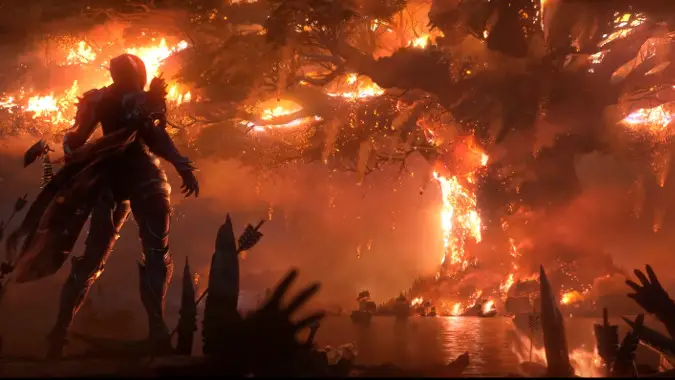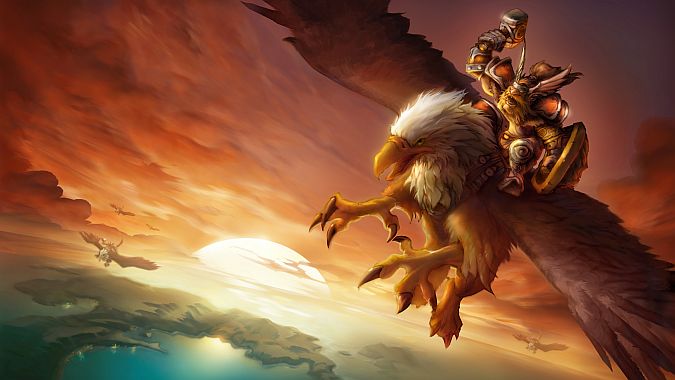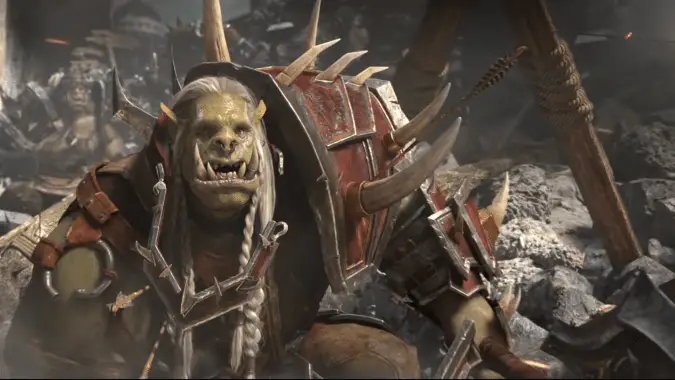Anger is a valid emotion: Alex Afrasiabi on World of Warcraft’s story development

Alex Afrasiabi is Lead World Designer and Creative Director for World of Warcraft. It’s fair to say he has a good deal of insight into how WoW tells its stories and what those stories end up being. And he’s recently concluded a big three part interview with Australian magazine Science Alert talking about how that story gets told — about the techniques used to reveal the story to us, how the team at Blizzard works together to layer stories over a long period of time to get players invested, and what the future could hold for World of Warcraft lore going forward.

The way it used to be
Alex talks about how he originally came on board with eight months to ship the original version of WoW. The tools available to the team have definitely evolved from the crunch period when he first started making quests for the game. That’s something that really needs to be emphasized.
WoW has changed and evolved over the years. The means by which its story is delivered has done so as well. We can see in the pre-expansion event how we’re getting quests, world quests, cinematics and novellas. They’re all aimed at fleshing out and expanding the story even as it’s delivered.
Alex specifically mentions the Wrathgate as an example of putting movies in the game. We can definitely see how that’s evolved over the decade since Wrath came out. Heck, Saurfang was originally created just so Horde characters would have someone to hand Onyxia’s head to. Now he’s a major figure and much of Battle for Azeroth revolves around his story arc.

The way it changed
For my money, the best part of the interview discusses how the game works as a storytelling medium. Alex is clearly very aware of the difference between an MMO and, say, a novel or short story or cinematic as a means to deliver the story. There’s no single author, and you can’t just sit down and watch it or read it and get it all in one gulp. Instead, you have to wait for the next chapter. In a way MMO’s are like the old serialized stories we had in penny dreadfuls or in the early days of cinema, where stories would hit a break point and then you’d have to wait to see what happened next.
Unfortunately for us, we have chapters broken up across an expansion of patches. So as much as we would love to tell you what’s going to happen, we’d really rather you find out for yourself. But in order for that to happen, we have to allow the regular expansion process to unfold. What would be great is… just… take note of that. We want to make sure that you feel something, that there’s some emotionality there for you.
It’s definitely worth reading all three parts of the piece to get a good overview of how WoW has changed how it tells story, the tools now at its disposal, and how they’ve gone from planning the next expansion to layering stories that will play out two or more expansions down the road, using elements from all the way back in the history of the setting. There are so many people working on this, weaving these elements in place — this expansion, for example, has been in the works since Mists of Pandaria in some ways.
Afrasiabi has been there since the beginning, and has the context we often find ourselves lacking. The interview really captures that sense of scale and time. This is a big story we’re embarking on in Battle for Azeroth, and we’ve just seen the prologue so far. Heck of a prologue, though. It packed a punch.
Please consider supporting our Patreon!
Join the Discussion
Blizzard Watch is a safe space for all readers. By leaving comments on this site you agree to follow our commenting and community guidelines.
 @MatthewWRossi
@MatthewWRossi



